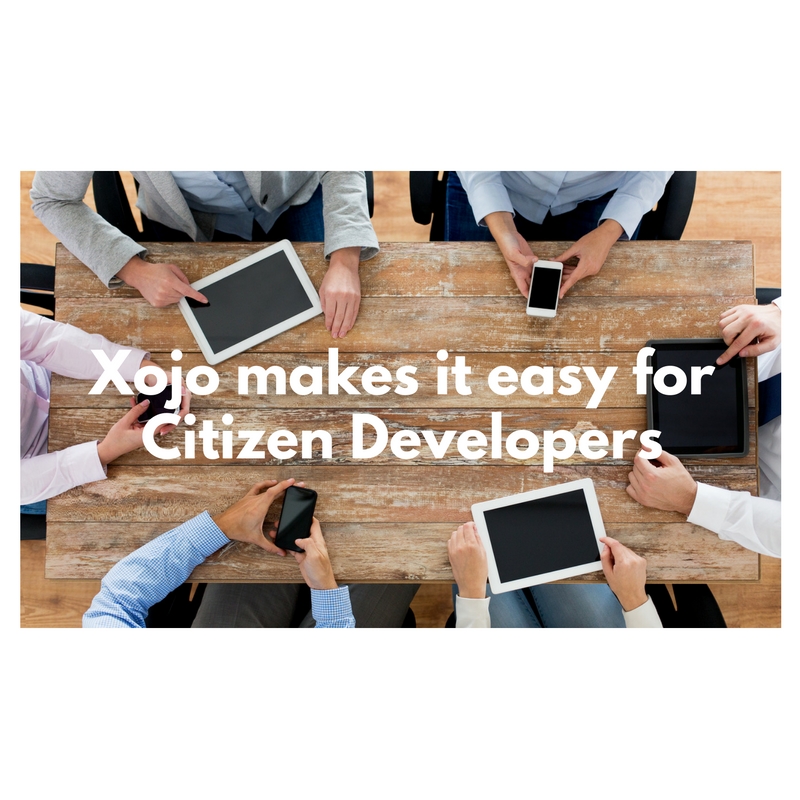On Tuesday, January 12th Microsoft is ending support for Internet Explorer 8, 9 and 10.
Comments closedCategory: Web
Posts related to web development.
By default the built-in Web Browser that is used on Windows to show web pages uses the Internet Explorer 7 rendering engine. Which means the Xojo HTMLViewer and the ActiveX WebBrowser controls also use this older rendering engine.
Comments closedDuring my keynote address last April at XDC, the Xojo Developer Conference, I said that we would be adding Retina support (the OS X feature that provides for ultra-high resolution displays) to the OS X framework in the 4th quarter of this year. We have been working very hard on Retina support both for the OS X framework and for the IDE itself. We didn’t want to stop there though. Windows also supports ultra-high resolution displays. For Windows, this technology is called HiDPI. Xojo is a cross-platform tool so we decided we should support both Retina and HiDPI, and do it in such a way that you don’t have to do much of anything and they just work.
UPDATE: Xojo Retina is here, April 2016
Comments closedI’m seeing more and more headlines about how citizen developers are helping create the apps that business need.
In particular, a recent article at ZDNet, “The advent of the citizen developer” talks about how non-programmers can help create the apps needed by an enterprise company:
So the business-side has long had to place their fate in the hands of those with the requisite skills but often with little sympathy for or first-hand knowledge of the business itself. Or they just ended-up acquiring pre-existing software that was a close enough fit, and then had it configured to their needs. Neither path has typically produced tech solutions that fit business needs very well, and ‘good enough’ has usually been the mantra of the day.
These articles explain how “citizen developers”, sometimes referred to as a business analysts (or maybe even power-users), are using rapid application development tools to create apps that helps the business solve a problem more quickly than going through a more formal and lengthy IT process.
Comments closedAs you may have heard, Xojo 2015 Release 3 added the long-awaited ability to create 64-bit apps. And it also added the ability to create Raspberry Pi 2 apps (Linux ARM). This now means there are lots more apps that can get built.
Comments closedFormatting SQL for display can sometimes be a pain, particularly for the many different flavors of SQL. One easy way to do the formatting is to use a web service.
Comments closedSerious about cross-platform development? Consider going Pro with Xojo. Whether you are new to Xojo or looking to upgrade your existing licenses, Xojo Pro is the best way to take advantage of everything Xojo has to offer.
Comments closedPasswords are a problem, as we frequently see in the news when databases containing password and login information are hacked and exposed.
Though too much security is never enough, as developers, there are things we can do to keep our users’ passwords secure.
Comments closedThese days, businesses need to adapt to changes quickly and they need their software to do the same. They need it developed and updated in less and less time. This speed and adaptability is key to what Rapid Application Development tools offer developers.
Comments closedA recent article on Computer Business Review asks “Why are developers giving mobile the cold shoulder?” The article cites the State of Mobility 2015 Global Developer Study by Progress (they do not provide a link to the study).
Perhaps the reason is because mobile developers have not yet tried to see how quickly you can create mobile iOS apps with Xojo?
Comments closed
